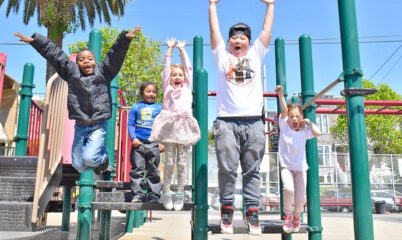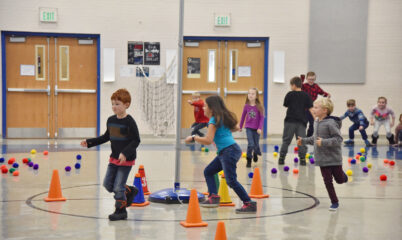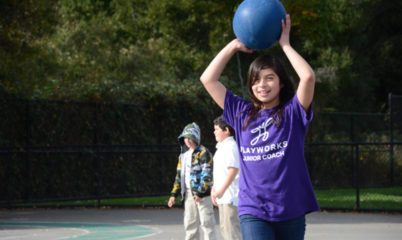Conflict is inevitable among communities, including in schools. It’s easy enough for adults to solve kids’ conflicts. “Lena, I saw you take Josie’s ball. Give it back and say you’re sorry.” This type of adult intervention doesn’t empower students to solve their own conflicts. Conflict resolution is a learned skill; it takes practice. Adults can help youth develop this skill. Try these four conflict resolution techniques to build empowered, confident youth:
Rock Paper Scissors. Did the four square ball bounce in or out? Who was first in line? Who gets to use the red marker first? These types of conflicts occur countless times in elementary schools. Rather than let small conflicts escalate and take valuable time to solve, teach students to play a simple game of Rock Paper Scissors. Here’s how to play:
Counting to three (or while saying “rock paper scissors”), two players bounce their fists in the air. On “three” or “scissors”, players pick either rock, paper or scissors—as shown in the image. If both players choose the same object, they go again. Rock crushes scissors; scissors cut paper; paper covers rock. (Note: there is no physical contact necessary to play this game.)
I-Messages. Children are known to blame others when a problem arises, (i.e. “He did it!”) Adults know that it often takes more than one person to start a conflict. Teaching children to recognize emotions, both in themselves and others, helps. Using an I-statement, such as “I feel sad when you don’t play with me,” allows children to identify their emotion instead of blaming others. Guide children through talking out their conflict with I-messages before discussing possible solutions. In time, children will become better at using I-statements without adult guidance. Second Step is one curriculum which encourages emotional literacy and the use of I-messages in schools.
Peace Path. Provide guided steps for students to take when resolving conflicts. Teach these to students and post on a wall or paint them on the playground. The path may have statements to finish, such as “I feel… when….” and “I need…”, or things for students to answer, such as “what happened?”, “how would you feel?”, and “brainstorm a solution.” Create your own like this San Francisco school or use the Peacemakers program from Soul Shoppe.
Conflict Managers. By identifying and training student leaders to become conflict managers, schools empower youth. Student mediators can be available on and off the playground to help other students. When kids lead by example, other students learn conflict resolution techniques from their peers. Peer mediation may also be more available to students who worry about ‘tattling’ to adults. Find a curriculum that is right for your school. We found some on the CRU Institute website.
What conflict resolution techniques do you use at school or home?


